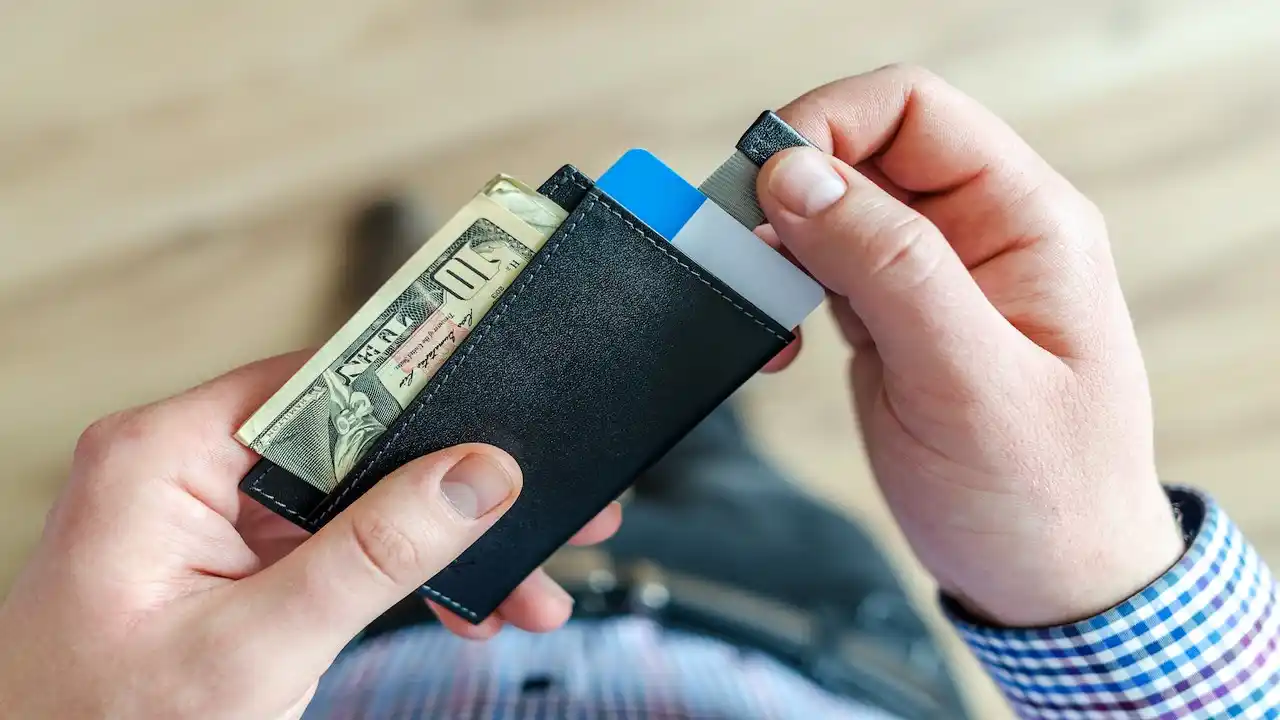People frequently misunderstand the nature of debentures. Here, we’ll compare and contrast secured debentures with their unsecured counterparts.
Few debentures are interest-free, although they do exist. If you do come across the term, it will most likely refer to an unsecured loan. “Naked debentures” is another term for loans in which the borrower’s property or other assets are not pledged as collateral. Instead, the borrower’s creditworthiness and repayment capability are key factors in the debenture agreement.
What are Secured Debentures?
Debentures are similar to loan agreements in concept, but they can take many various forms and have varying meanings depending on the market. See an explanation of what secured debentures are and how they function in practise below.
The term “debentures” is often used to refer to debt, but it does not refer to any specific sort of financial instrument. In contrast, they serve as a means of describing a loan’s specifics. Below is an article we wrote about secured debentures, which is a subset of debentures.
In the case of a secured debenture, there is corresponding collateral. In other words, the lender is protected against the risk of not receiving repayment. The borrower’s assets are subject to repossession by the lender in the event of default on the loan. Banks and other lenders can reduce their exposure to risk and safeguard their investments by issuing secured debentures. Secured debentures are the norm.
Overview
Fixed charges or floating charges secure debentures. Similar to a mortgage, a fixed charge implies the borrower won’t fully own the property until repaying the loan completely. Thus, significant machinery, property, or cars required for security would all fall under the category of fixed charges. The term “invoice financing” can also refer to the transfer of outstanding debts to a financial institution. Unlike fixed charges, floating charges apply to changing assets. Mobile inventory includes things like stocks, currency, and minor pieces of office machinery.
The secured debenture agreement outlines a loan’s terms and conditions. You could specify the amount, interest rate, payback terms, and collateral utilised, for instance. Submit debenture documentation to Companies House within 21 days after loan funding. If the debtor is unable to pay debts and declares bankruptcy, secured debenture holders will receive repayment before unsecured creditors.
Secured Debts
A factory or office building is a common example of a fixed charge asset in a secured debenture. The lender does not permit a borrower to sell a piece of property without repaying the loan or obtaining authorization. The lender takes ownership of the collateral and applies the proceeds from its sale to the debt. A fixed charge might include more than just freehold and leasehold properties. In addition to furniture and appliances, this category might also contain automobiles and stationary machinery.
Unsecured Debts
Unsecured debentures are a type of debenture that does not carry any collateral. No particular assets will be held in reserve for holders of unsecured debentures. Simply said, it’s a loan that requires no collateral. They have no guarantees other than the basic creditworthiness of the issuer.
How do Unsecured Debentures Function?
An unsecured debenture is a loan agreement without collateral. Interest rates usually increase without a specific asset as security. If a borrower defaults, the lender lacks priority claims to their assets and must wait for other creditors to be satisfied. In order to lower their risk, lenders often want a personal guarantee for unsecured loans. The value and quality of the collateral directly impact the terms and interest rates of secured debentures.
Unsecured Debenture as an Example
There’s a good chance that a popular shop on the high street may need to conduct a fundraising campaign in order to fund future expansion. A bank or other lender will consider it less of a risk if it has a positive cash flow and a clean credit history. Therefore, it may qualify for a debenture-based unsecured loan. This means that the property or any other assets will not be used as collateral for the loan.
Secured debt, like a mortgage, and unsecured debt, like a credit card, are the two most common types of consumer debt. The presence or absence of collateral is the primary distinction between the two. Lenders want some assurance that they will get their money back from borrowers, and collateral provides that.
Example of Secured Debenture
Debts with security involve an asset that can liquidated if the borrower defaults on the loan. If the debtor fails to repay the loan, the creditor can seize the collateral and sell it to cover the debt.
Secured debt examples include mortgages and auto loans, where the purchased item acts as loan security. Non-payment leads to vehicle repossession or retained property equity in mortgages. Collateral presence defines secured loans, ensuring repayment. Lenders manage counterparty risk due to borrower stakes.
Secured debt is more accessible, with lower rates due to reduced risk. Lenders set maintenance and insurance rules for asset value retention. Mortgages require homeowner’s insurance for property care. Similar logic applies to auto loans, ensuring lender reimbursement after accidents.
Conclusion
A secured debenture is similar to a mortgage in that it acts as a charge on the company’s assets. Unsecured debentures lack backing from any of the company’s assets. Here, we present a comparison between secured and unsecured debentures. The distinction between secured and unsecured debentures should now be clear to you, we hope. Learn about the implications of what is ledger balance topic on groups of people by reading this informative post.
